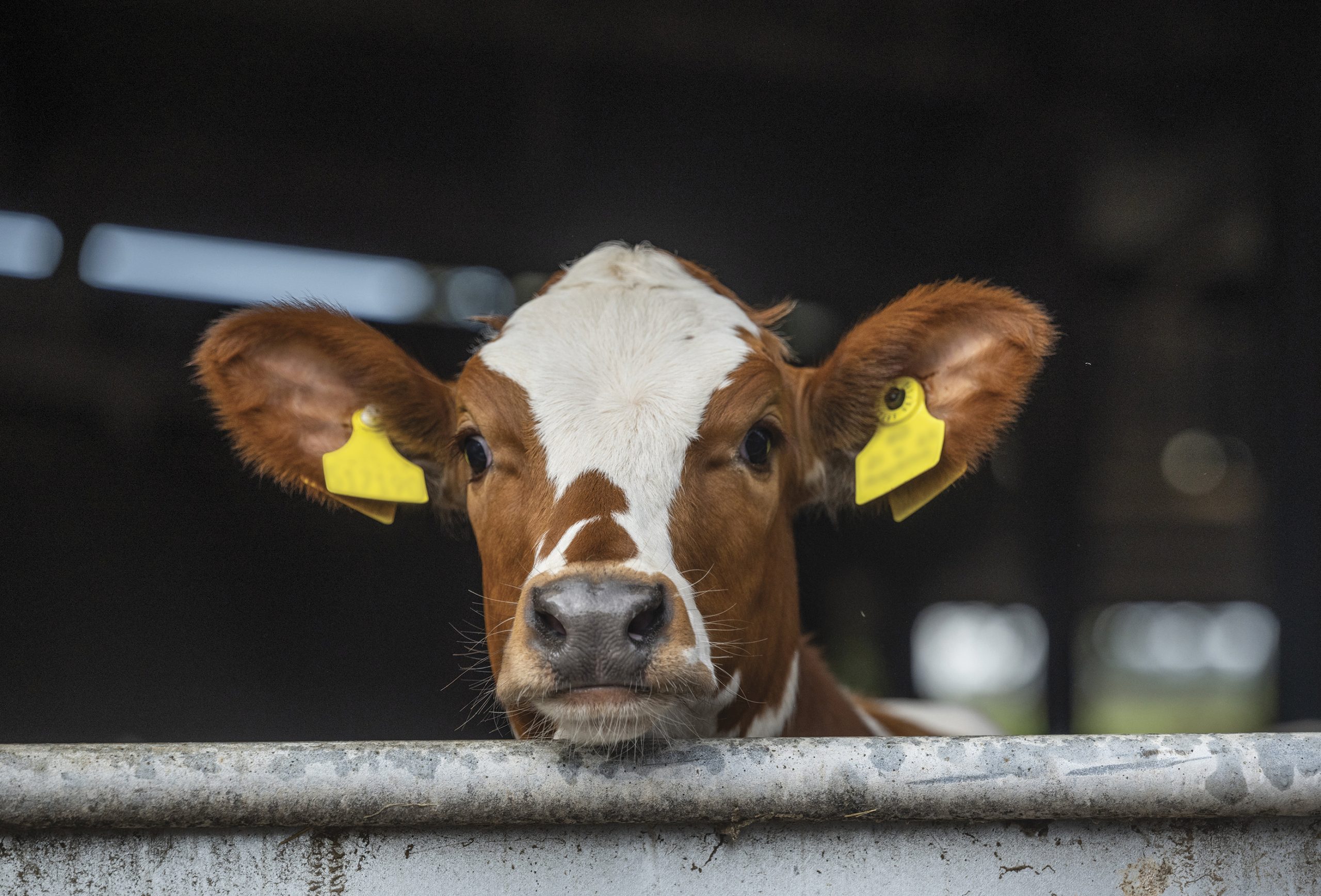Ensure your heifer investment pays off
By Joanna Oldham, Harbro calf specialist
Rearing the post weaned heifer
Rearing dairy replacement heifers represents a significant farm expense, accounting for up to 20% of production costs in some cases. After substantial investment of time and money that goes into the rearing phase, it’s crucial that heifers have the best opportunity at first lactation to begin repaying these costs.
Transitioning the weaned heifer
After weaning, continue feeding the same starter feed and forage that was offered pre-weaning for consistency until they are settled. Once heifers are well established onto eating hard feed, they should be consuming around 2.5kg/day post weaning. Silage should be introduced slowly and must be top quality, ideally at least 30% dry matter. Wet and acidic silages are less palatable and can reduce intakes. For freshly weaned heifers, try and limit any social changes.
Monitor feed intakes
Knowing how much heifers are eating is key to monitoring performance. Heifers should be consuming around 2.5% of their bodyweight in dry matter. This can be tricky to monitor for grazing heifers as grass dry matter can range from 14-24% depending on weather conditions. This would mean a 200kg heifer could need to consume anywhere from 21-36kg fresh weight grass. 36kg is a substantial amount to try and eat! Providing a nutrient dense concentrate at grass can ensure energy and protein requirements are met, as well as easing transition onto and off grass.
For housed heifers, it’s important to calculate expected dry matter intake for the group and compare this to actual consumption. If intakes are lower than expected, investigate why this might be. Is there an underlying health issue? Is ration presentation or palatability limiting intakes? Does the energy density of the ration need to be increased to maintain performance?
Consider stocking rate
Stocking rates should consider heifer bodyweight, not animals per m2. As heifers grow and feed intake increases, they will need more space for lying and feeding. Suitable space allocation will vary between grazing, solid floor and slatted systems. A 200kg heifer can need up to 3m2 on solid floor systems but this can increase to 5m2 as she grows to over 400kg. Consider exit weights, not just entry weights when grouping heifers. Grouping weaned heifers based on weight simplifies handling and ensures uniform progression through developmental stages. A poor performing animal will stand out much more easily in an even group of animals, allowing for early intervention.
When to breed
Age of heifers at puberty is influenced by genetics, nutrition, and bodyweight. It’s therefore important to consider both size and age when deciding on eligibility for breeding. A heifer that’s reached target weight at a young age may still be developing internally. On the other hand, an older heifer may be fully developed internally but if her frame size is inadequate, any further growth post breeding may be restricted due to energy partition towards development of the embryo.
Heifers should reach puberty at 12-13 months old and target conception age should be 13-15 months. This means animals should be eligible for 1st service from around 12 months but only if their bodyweight is suitable.
Know the mature weight of your cows
Knowing the average mature cow weight for your herd is key to setting breeding and growth targets specific to your system. Over the years, the average mature Holstein cow has increased in size, however, a study showed that 81% of farmers and 65% of vets underestimate the weight of dairy cows, sometimes by up to 233kg! For breeding at 13 months heifers should be 55-60% of mature bodyweight so for a 700kg mature cow, a heifer should be 385-420kg at breeding. Working backwards assuming an average daily liveweight gain of 0.8kg/h/d, heifers should be at least 214kg at 6 months and 360kg at 12 months.
Monitor bodyweight
Statistics show heifers that calve over 30 months old are 3x more likely to exit the herd prematurely, losing that investment. Monitoring bodyweight can help identify any animals underperforming to ensure all heifers remain on target to calve at or before 24 months old.
Set practical weigh points for your system. Weighing at 6 and 12 months allows for time to adjust feeding if targets aren’t met. ‘Catch up feeding’ at the point of service can result in over conditioned heifers, increasing the risk of poorer fertility and pre and post calving issues.
Monitoring performance throughout the whole rearing phase is key to ensuring heifers will hit the ground running as she enters her 1st lactation, meaning heifers will break even and start becoming profitable sooner.
